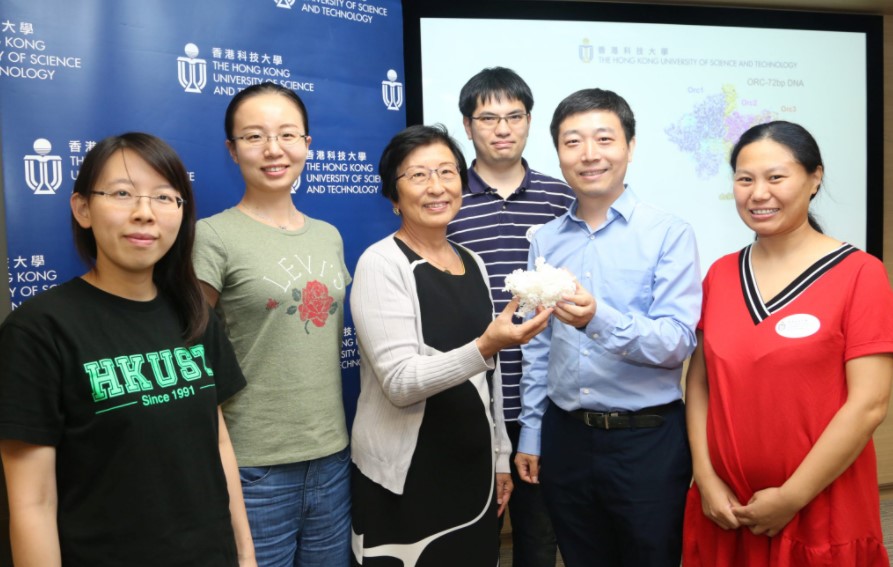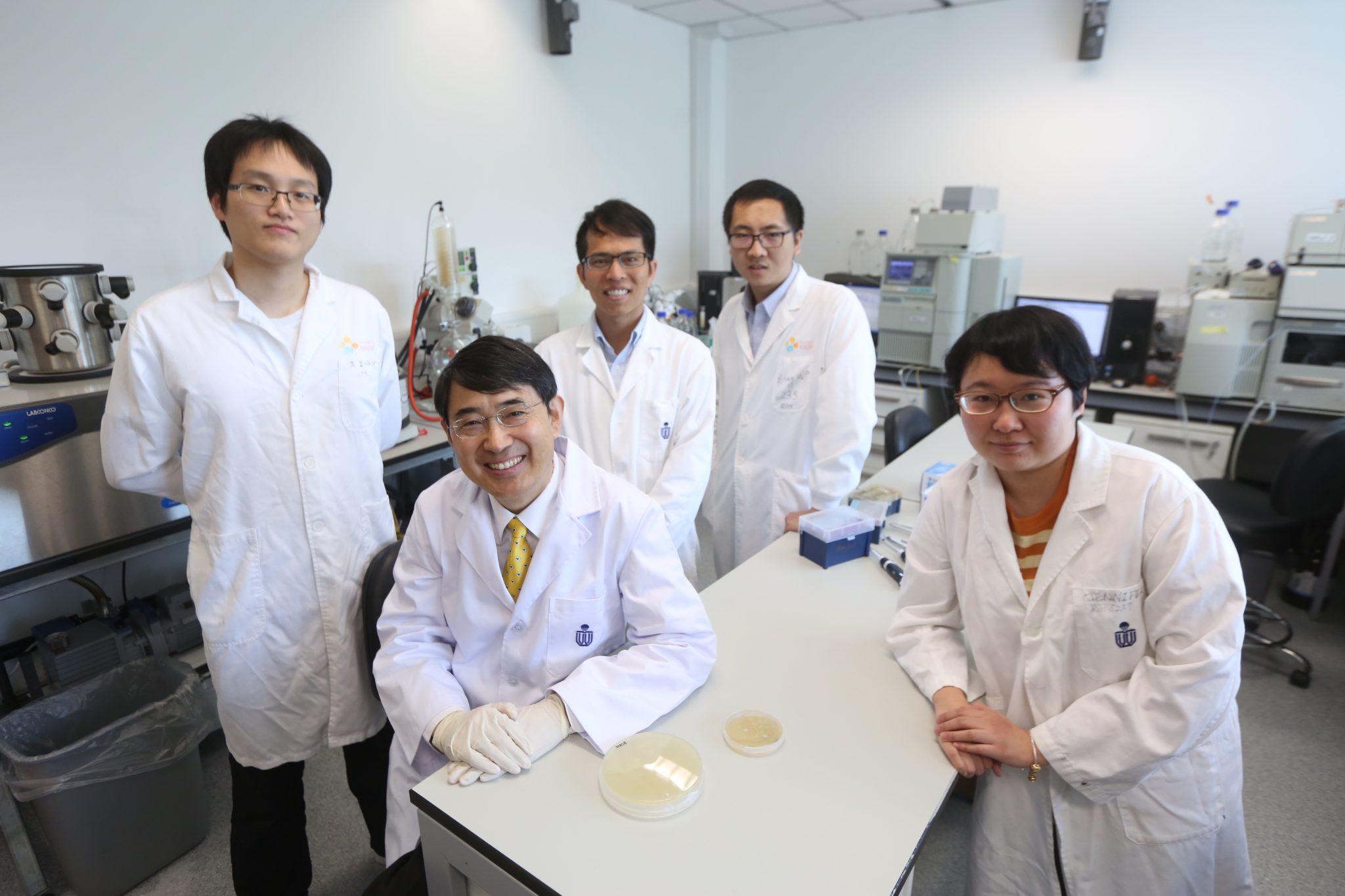Cells propagate by making copies of themselves through replicating their DNA genome, which are blueprints of their identities. Every full-grown human came from a single fertilized egg cell, whose genome is replicated approximately 10 million-billion times. What does the molecular machine that carries out this herculean task look like? A research team led by scientists from the Hong Kong University of Science and Technology (HKUST) have determined the three-dimensional structure of the DNA replication machinery at an atomic resolution for the first time in history.
When DNA replication was first proposed based on its double helix structure over half a century ago, many believed that deciphering the machine that separates the two strands of DNA for replication is near. However, it turns out to be a much-complicated task due to the large size, multi-partite nature (made up of three engines) and its flexibility of the machine. Read More...


